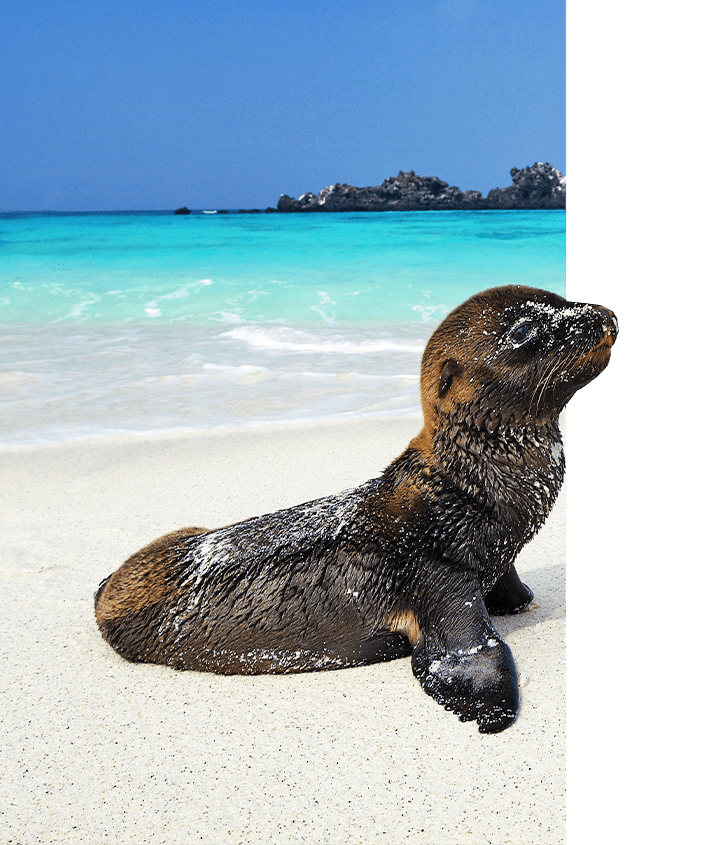
One of the questions we get asked the most at Quasar is this—What’s the best time of year to travel to the Galapagos? And as much as we’d love to deliver a simple, straightforward answer, the truth is that every single month of the year brings its own unique advantages, opportunities, and natural events that make it worthwhile based on each traveler’s interests and goals for their trip.
This is certainly true when it comes to the month of January, when the weather is warm and the water is clearer than you can imagine. That’s why we put together this helpful guide to fill you in on 6 of the best parts about visiting the Galapagos in January, from dazzling wildlife to unbeatable weather.
Temperatures for Galapagos Islands in January:
| Average Low: | Average High: | Water Temperature: | Average Rainfall: |
|---|---|---|---|
| 70°F / 21°C | 84°F / 29°C | 74°F / 23°C | 2.00 inches / 5.08 cm |
1. The Best Time to Snorkel with Penguins
In January, some of the Galapagos penguin species are at their most active. They love swimming through the mild waters of the islands’ warm season, searching for food. The Galapagos penguin, found only on the islands and the only penguin found north of the equator, is a playful and rare species that can only be seen her. This makes January an incredible time to visit for nature and wildlife lovers of all kinds. Meanwhile, their high level of activity just so happens to coincide perfectly with the clear waters that occur at precisely this time of year.
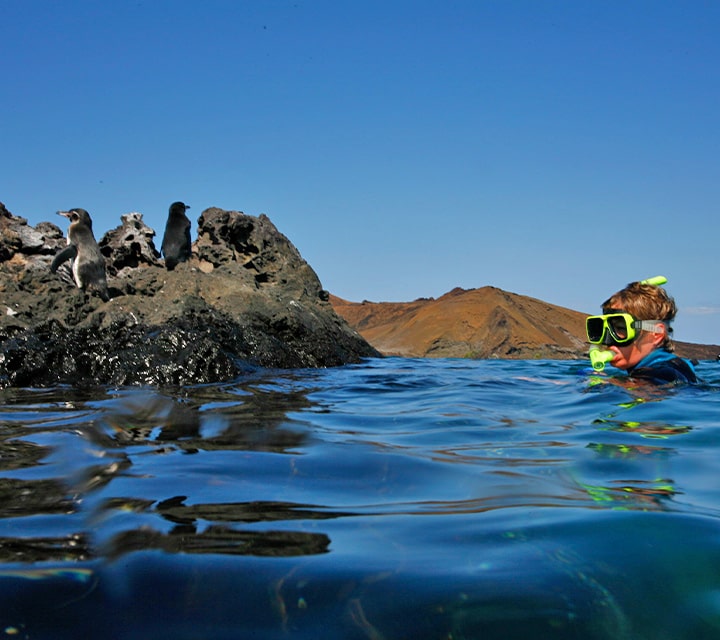
2. Incredible Underwater Visibility
Though the Islands water is incredibly clear year-round, January brings fresh currents from the sea that make the water clear as glass and perfect for snorkeling in the Galapagos. From the Galapagos penguins to a wide range of sea life including beautifully colored fish, striking green sea turtles and countless others, January is one of the year’s best times to capture incredible underwater scenes (and impressive photos for underwater photographers who join us on our photography cruises.) If you’re looking for world-class snorkeling, January in the Galapagos is a must-do event.
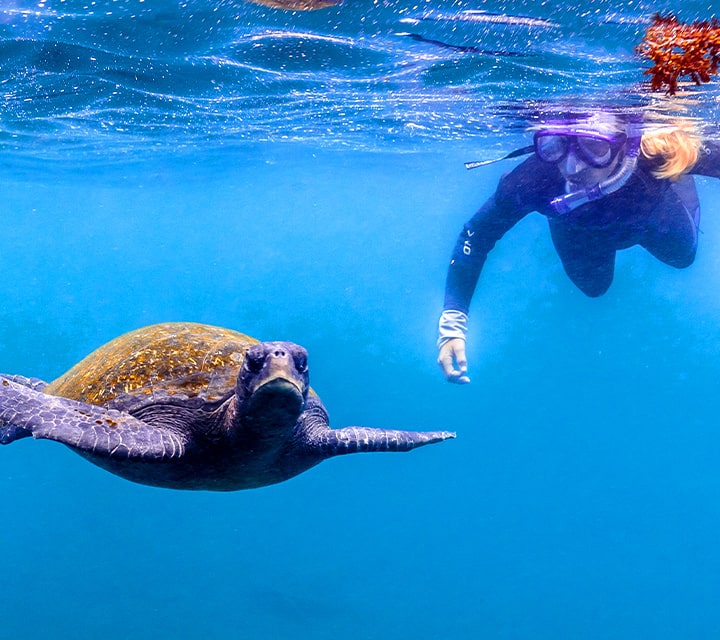
3. The Warmest Water of the Year
Want to experience some of the warmest water the Galapagos has to offer? It’s right here waiting for you during the month of January. As warmer currents and warmer air enter the region, the coastal waters surrounding the islands rise to 77°F (25°C) so comfortable and inviting that you won’t believe it when you first dip your toes into the water. This makes for wonderful swimming, wading, snorkeling, and exploring the marine areas surrounding the Islands.
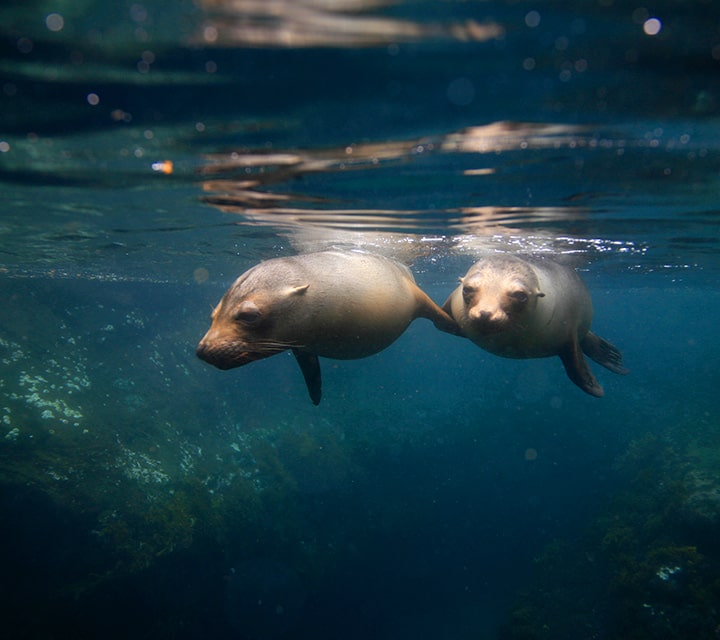
4. Warm and Sunny Days with Clear Skies
While the wet season has officially begun by January, it still doesn’t reach a point where you should expect long periods of rain. While a brief afternoon sprinkle may occur, you can generally expect warm and sunny days beneath the clear-blue skies of the Islands. Combine that with the warm and pleasant water, and you’ll find yourself enjoying a true paradise beyond anything you could have imagined.
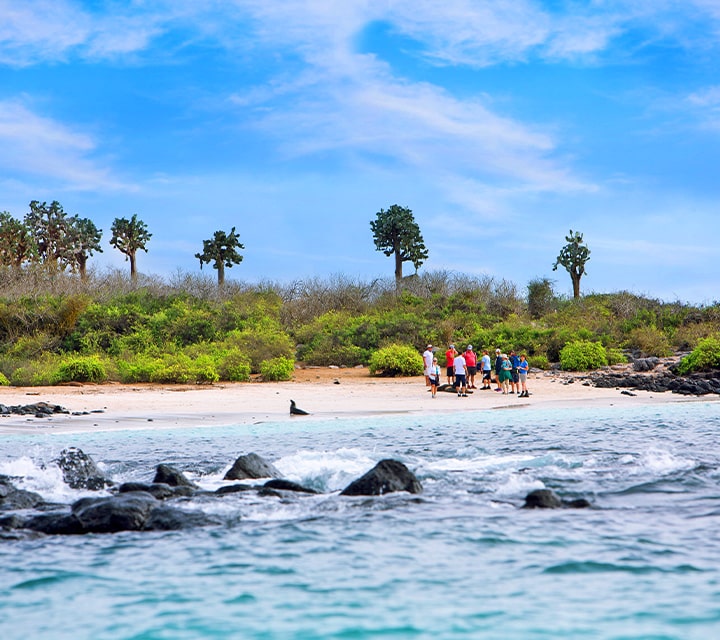
5. Nesting Green Sea Turtles
Our guests aren’t the only ones who take the opportunity in January to get nice and comfortable. This is also the period during which the green sea turtles in the area begin to nest, laying their eggs in the sand surrounding the island. At Quasar, we love getting our guests up close and personal with these beautiful creatures without disturbing their nesting grounds—and there’s no better time than in January to see them!
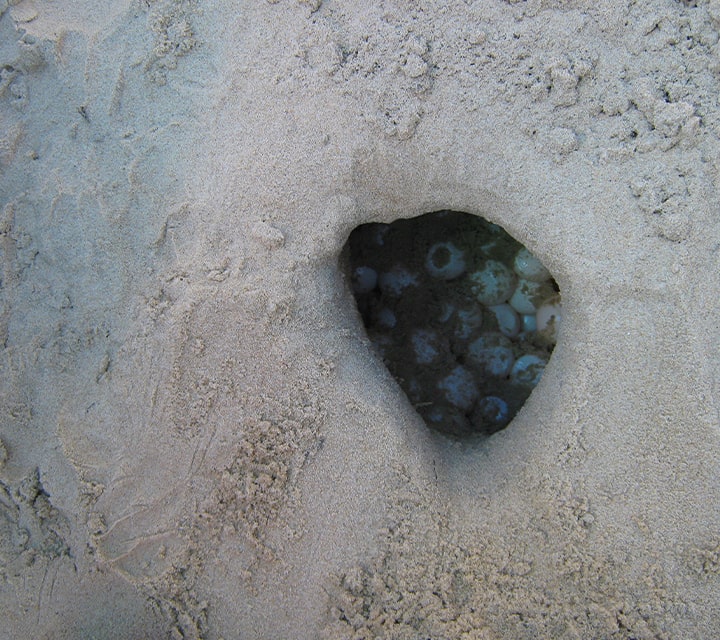
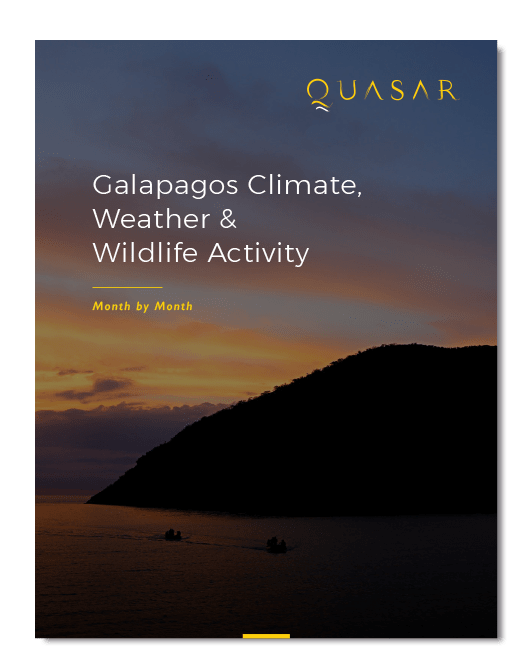
6. Mating Land Iguanas and Marine Iguanas
The Iguanas of the Galapagos are nearly as famous as the Galapagos Tortoises, and January marks their annual mating season. You’ll see large land iguanas and stunning marine iguanas on the coasts and even in the water, sunning themselves and looking for mates around the Island. It’s an incredible time to see these distinctive reptiles up close.
At Quasar, what we love most about the Galapagos is how every time of year brings its own unique adventures while the temperate climate ensures that there’s no wrong time to visit.
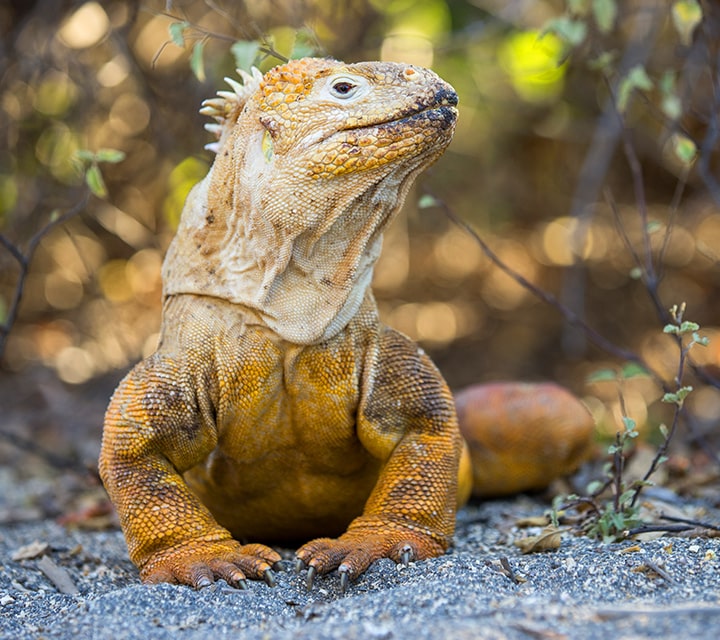
Click here for more information on Galapagos Islands Weather


